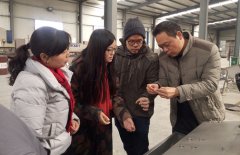In the passage how many ways to process fruits, we have introduced 5 major fruit process technology. This passage will continue this topic, talking about the way to make wine and juice with fruit processing machinery.
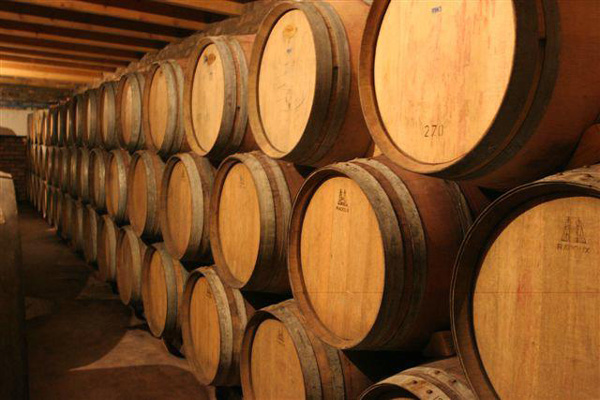
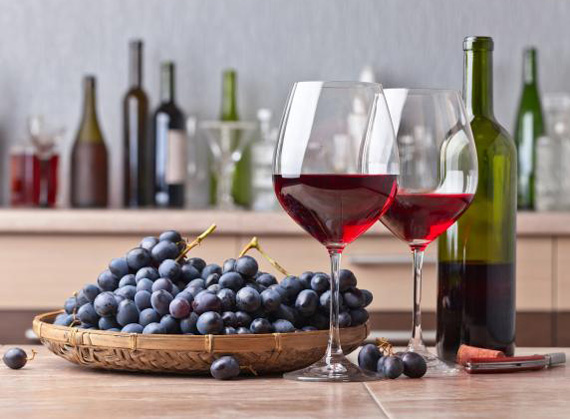
Making juice with fruit juice machines
Making juice is the most basic function of juice processing machinery. We have talked about the pre-processing technology, including fruit elevating, sorting, fruit washing and peeling. This time I’d like to introduce the next 5 juice process technologies, which are respectively extraction, filtration, homogenization and packaging.
Juice extraction
The extracting methods are different according to various types of fruits. The apple and grape juice are contained in fruit pulps, which can be extracted by crushing methods. On the other hand, fruits like citrus are covered by peels. They need citrus extractors to extract juice. On average, the juice yield is 45% to 80% of the fruit weight.
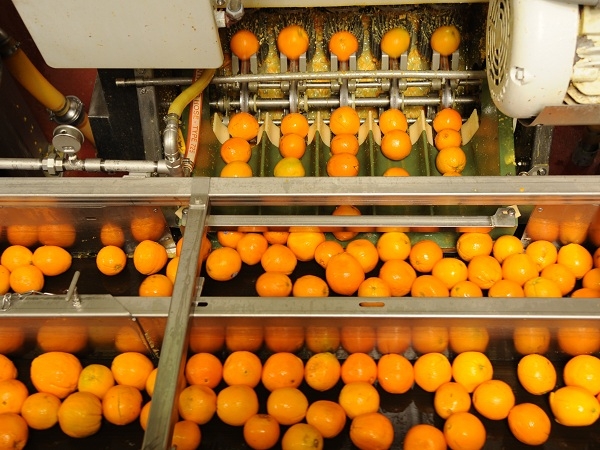

Clarification and filtration
Generally, there remains a lot of suspended solids and colloidal particles in juice. People would agglomerate them by heating the juice and adding gelatin or enzyme. This is the process to make cloudy juice into transparent juice.
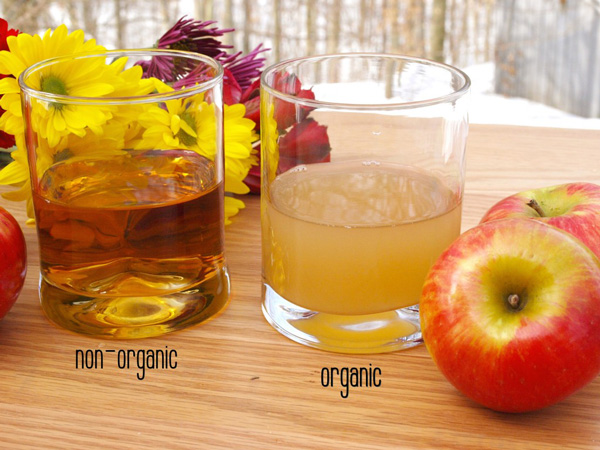

Homogenization and degassing
This process is specially applied to produce cloudy fruit juice. Homogenization is to scatter suspended solids in juice by mechanical force, so as to increase its stability. Degassing is to exclude the air mixed in cloudy juice. This process plays an important role in removing foams and avoiding juice oxidation, nutrition loss and package corrosion. The flavor substance volatized in degassing can be retrieved.
Packaging and sterilization
Cold -aseptic filling is widely adopted in carbonated drink package, while most fruit drinks are packaged by hot filling. During packaging process, the cans are filled up with hot fruit juice, thus forming certain vacuum space after the liquid cools. The ideal sterilization effect is to kill microbes in fruit juice and retain the original quality as much as possible. Transparent juice is sterilized at the temperature of 80℃ for 30s, while cloudy juice is required to go through the temperature of over 90℃ for from 30s to 60s.
Making wine with fruit processing equipments
Making fruit wine is to metabolize sugar content in fruits or fruit juice to alcohol trough the fermentation of yeasts and enzymes. There are normally 10% to 15% alcohol content in fruit wine. It tastes mellow and thick, with more extracts and nutrition. Fruit wine requires neither distillation after alcoholic fermentation, nor mashing process before fermentation.

Why most fruit wine is made from grapes?
As a matter of fact, apple, pear and citrus all can be used to produce fruit wine. Grape is a superior material owing to its higher sugar content and acidity degree. Besides, it contains natural yeast in pulps, which is the material for fermentation. Usually, people in factories often add purely cultured wine yeast to control the fermentation process.
What is dry red wine?
It is different from red wine in sugar content. Dry red wine has all sugar content in grape juice metabolized to alcohol, while ordinary wine stops fermentation before sugar is totally metabolized. As for dry white wine, it is similar with dry red wine in production process, but it adopts white or light colored grapes as materials.

How to make fruit wine?
- To make dry red wine, you need blend fruit peels, pulps and juice, and extract the pigment, tannin and flavor substance in peels. After 10-day fermentation at the temperature from 20℃ to 25℃, press the mixture and remove the residue.
- Dry white wine is fermented under lower temperature, without removing residue after pressing.
- Sweet wine requires additional sugar and brandy to adjust the acidity degree.
- Champagne is made by dissolving CO2 generated by fermentation in dry wine liquid.After long-term storage in oak barrels, the wine quality improves a lot thanks to the oxidation, esterification and clarification actions.



